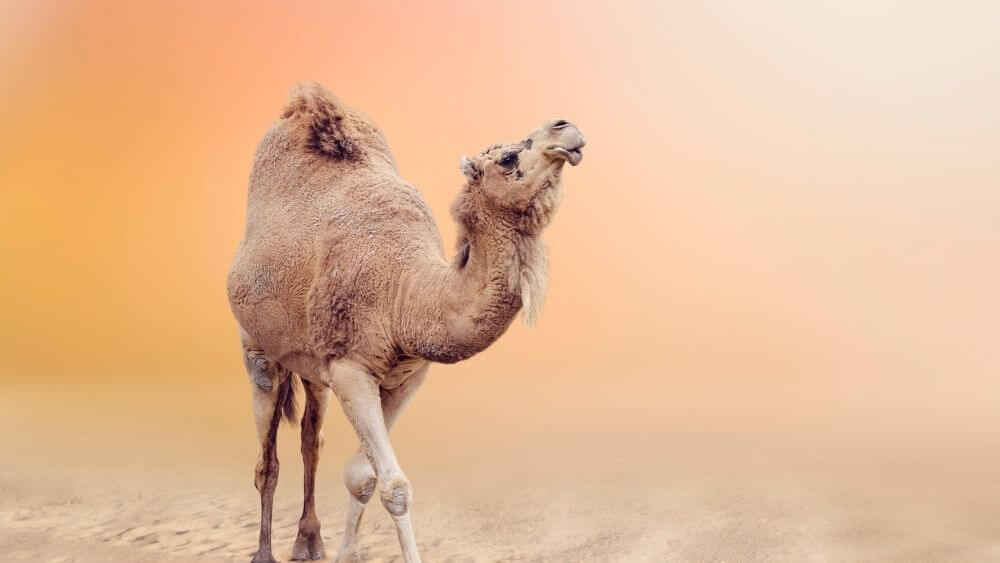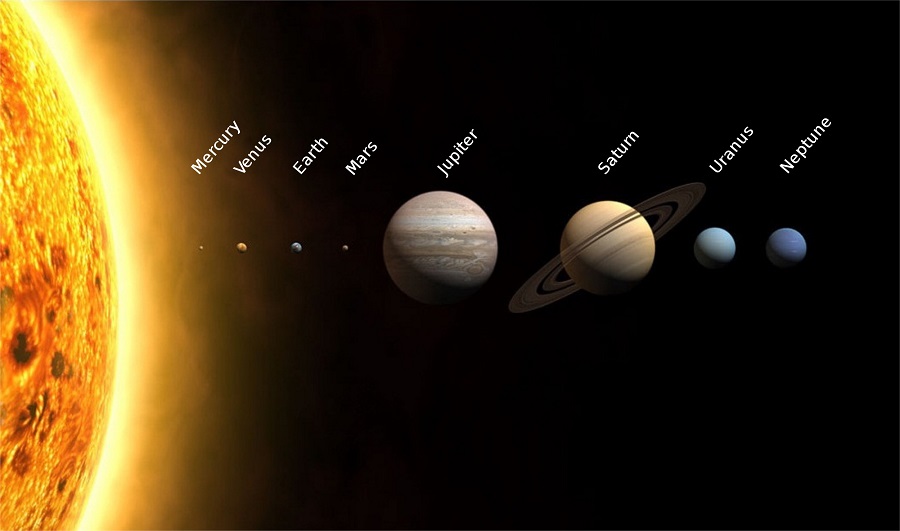What’s in a camel’s hump?

Contents
Camel:
- Camels are large mammals. They belong to the same family as that of Llama and alpaca.
- Ilama is a camel-like animal with no hump on its back.
- Camels are especially known for the characteristic hump on their backs.
- Camels can be of two types depending on this hump.
- That is, if the camel has only one hump on its back, then it is of the Bactrian or the Asian type.
- If the camel has two humps on its back, then it is considered the dromedary which is usually the Arabian Camel.
- Camels are famous for their survival in the desserts.
- Camels can be tamed and taught by the people to help them in their daily work.
- The typical weight of a camel is around 650 kilograms or 1400 pounds. Camels are about 7feet long.
- Camel can survive on dried grasses, shrubs and thorny plants.
- Human beings use camels as domestic animals as they can provide many benefits, such as helping in travelling or carrying things, camel milk and as well their meat.
- The general physical features of a camel include a long neck, a small head and slit upper lips.
Special characteristics of Camel:
- Camels typically have very long eyelashes. The advantage or need of this is to prevent the entry of dust and sand into the eyes and to also prevent the eyes from direct sunlight, especially that of dessert.
- The camel also has different types of nostrils compared to other animals. The speciality of the camel’s nose is that it can be closed when there is blowing sand due to a sandstorm.
- Another great characteristic of the camel is its hump.
- In desserts, it is not always possible for animals to get food and water daily.
- That’s where a camel’s hump comes into use.
- The camel’s hump consists of fat. This fat can be used when there is no availability of food for camels.
- Camel can live up to 3weeks without food and about 15 days without water.
- Camel’s can drink a lot of water and they can store a lot of food in their hump as fat for later use.
Fun Facts:
- For great safety from the sand during sandstorms, camels have 3 sets of eyelids and 2 rows of eyelashes.
- Camels have thick lips, allowing them to eat thorny plants that are found in desert habitats.
- Camels can travel up to 40 miles per hour.
Related Questions:
- What are the advantages of a camel?
- Which species of the camel is found where?
- What is the purpose of the camel’s eyelashes?
True or False:
- Camel are small animals
- All Camels have three humps on them.
- Camels are about 7 feet long.
- A camel cannot shut its nostrils.
- Camel’s hump can store only water.
Objective Quiz:
- Camel’s hump can store _____.
- Fat.
- Water.
- Iron.
- Calcium.
- Camels can completely shut their ______ during a sandstorm.
- Nostrils.
- Mouth.
- Ears.
- Legs.
- Camels lives in the _______.
- Dessert.
- Sea.
- Ocean.
- None of the above.
- Camels have ______.
- Long eyelashes.
- Small eyelashes.
- Curved eyelashes.
- All of the above.
- Arabian Camels have _______.
- One hump.
- Two humps.
- Three humps.
- Four humps.






Responses